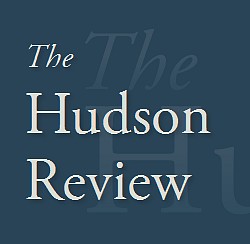
The Hudson Review | At the Galleries by Karen Wilkin features "Nanette Carter: Shape Shifting"
August 6, 2022 - Karen Wilkin for The Hudson Review
Nanette Carter: Destabilizing #3, 2022. Oil on Mylar, 61 x 71 1/2 in. (154.9 x 181.6 cm)
Excerpt from "At the Galleries by Karen Wilkin"
Also in Chelsea, Berry Campbell Gallery showed “Nanette Carter: Shape Shifting,” recent works that, like Loving’s mixed-media collages, ignore the traditional rectangle and traditional materials, while making their physicality and material presence crucial to their meaning. That similarity is not surprising. Loving was the much younger Carter’s close friend and a mentor. Yet despite her clear connection to the vibrant tradition of African American abstract art—she shares with Loving and Gilliam, for example, a faith in the expressive possibilities of process—Carter investigates terrain all her own. Her stubbornly abstract images are highly charged, like metaphors for things we can’t quite grasp. She exploits the way oil paint sits up on Mylar to invent seductive striations and scrapings, creating a distinctive palette of textures that modulates a range of blacks, greys, off-greens and blues, sparked with ochre and occasional hits of ultramarine. The most ambitious, largest works on view, Destabilizing #1 (2021) and Destabilizing #3 (2022), appeared to hover, unconstrained, against the wall, their overlapped shapes and bars seemingly coalescing only momentarily. We saw through parts of their configurations, so that the wall itself became part of the equation. In Destabilizing #1, a stack of emphatic black bars floated free of the piled image to claim new visual and spatial territory and pose interesting questions about illusion and object. Other recent wall-mounted works depended on openwork structures, like constructed sculptures or ritual objects, unhampered by concerns about support. Loving’s and Carter’s exhibitions briefly coincided, offering a fortuitous opportunity to explore the evidence of both resonance and independence in the work of these inventive colleagues and friends. Continue Reading
Back to News
